+86-18862679789
admin@evertopest.com
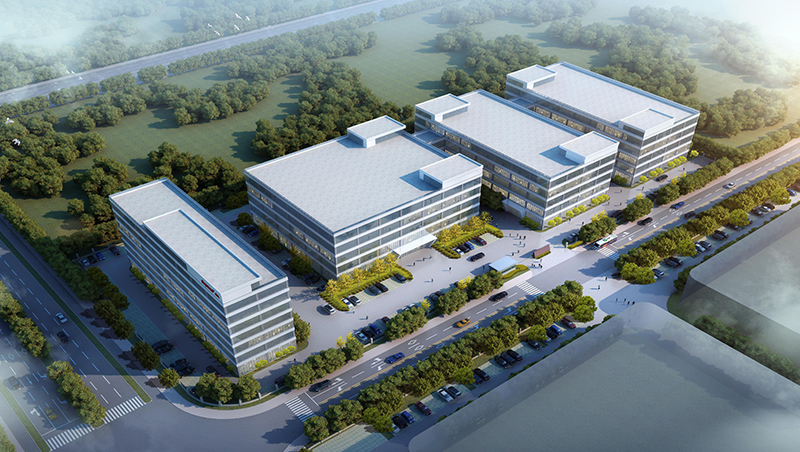
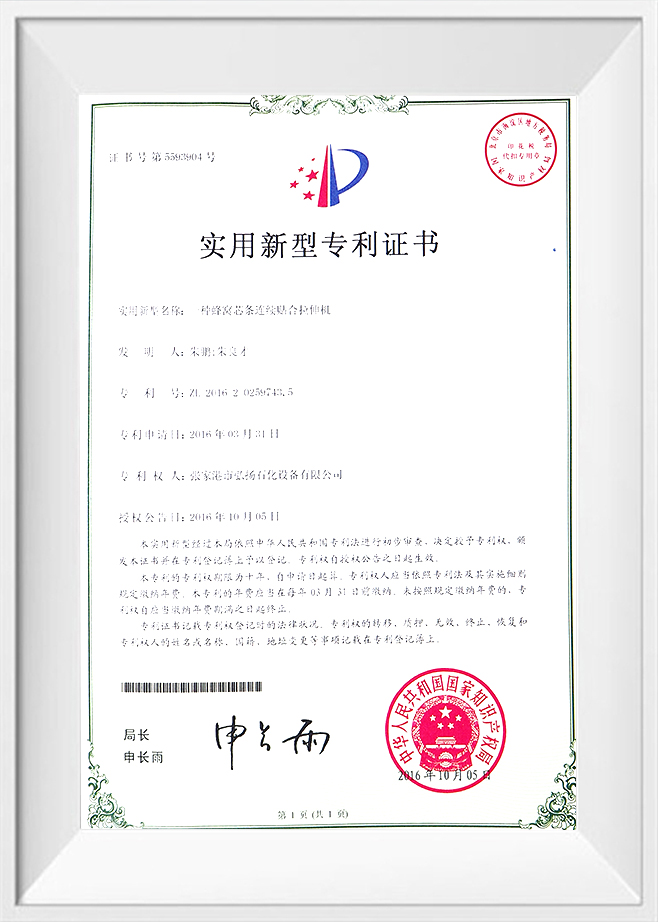
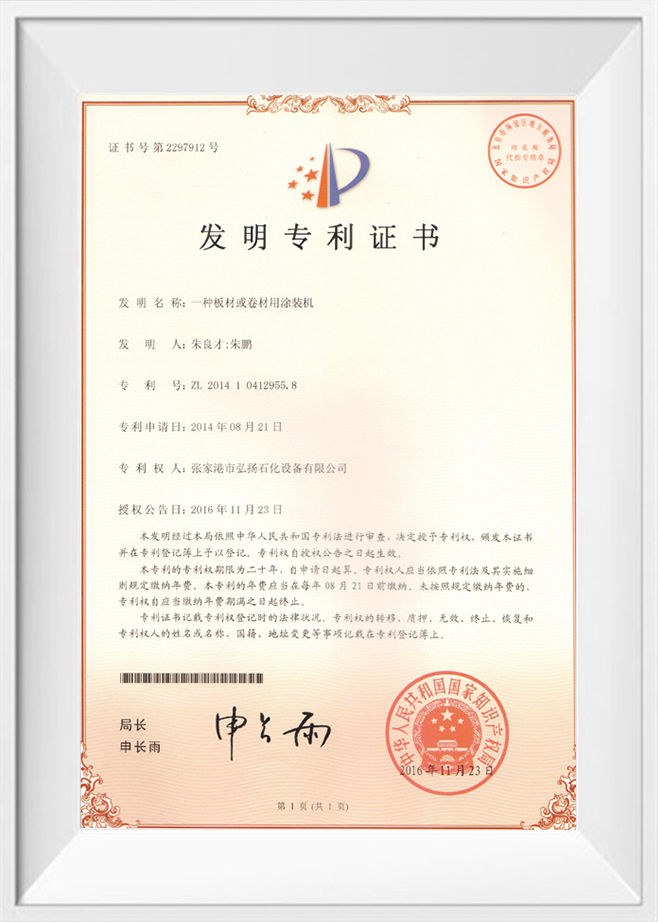
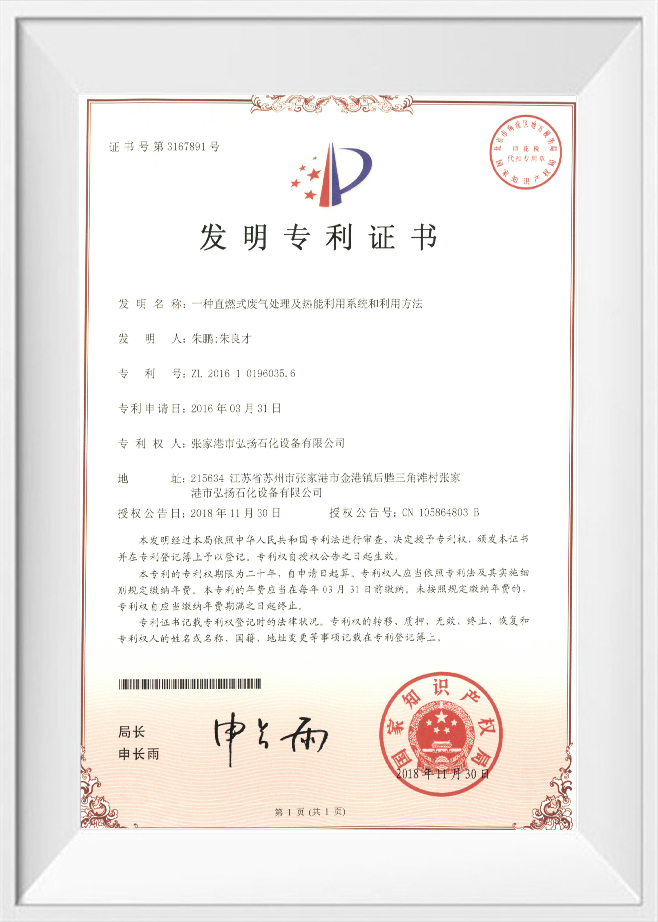
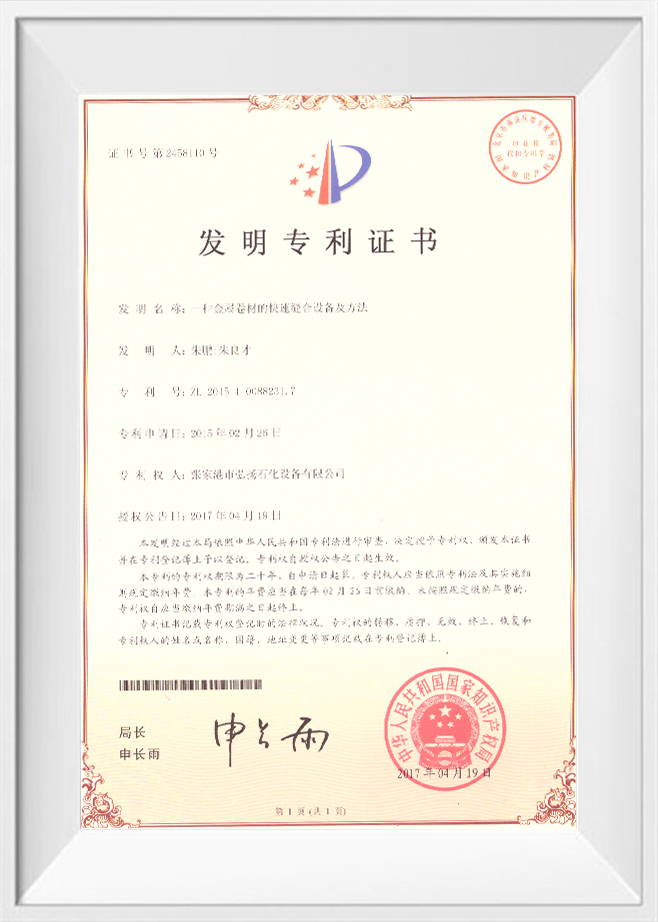
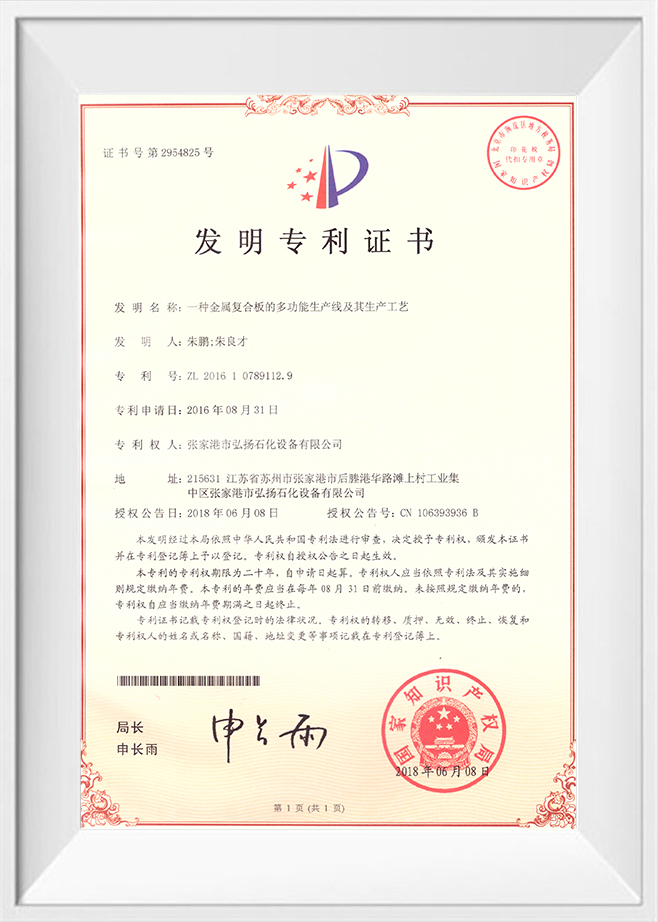
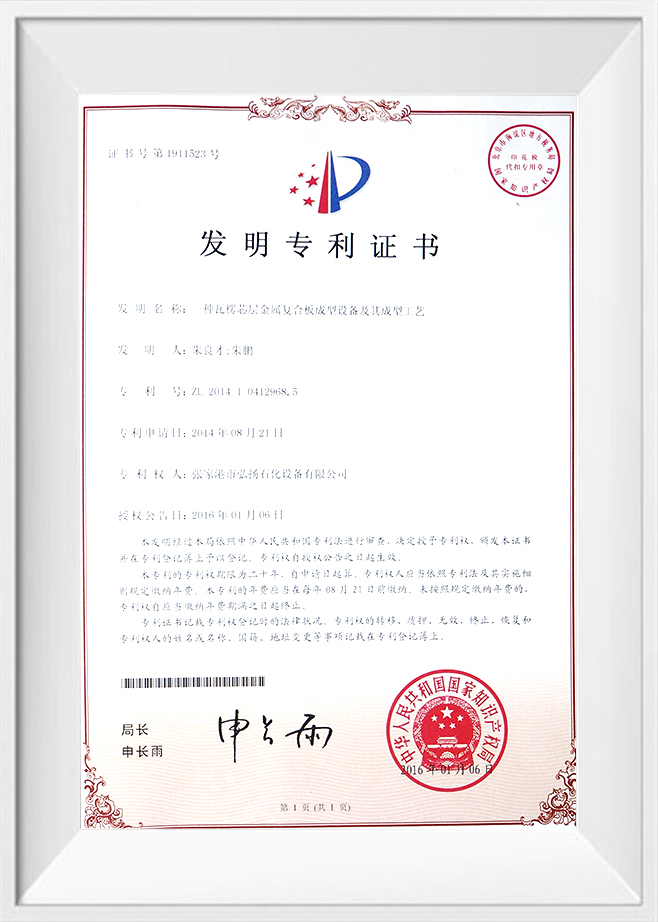
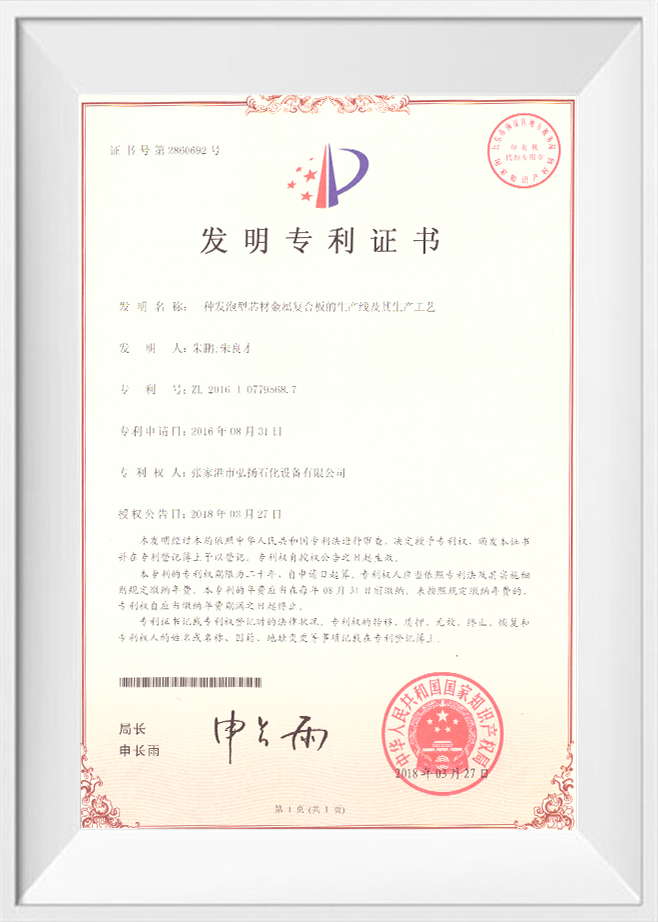
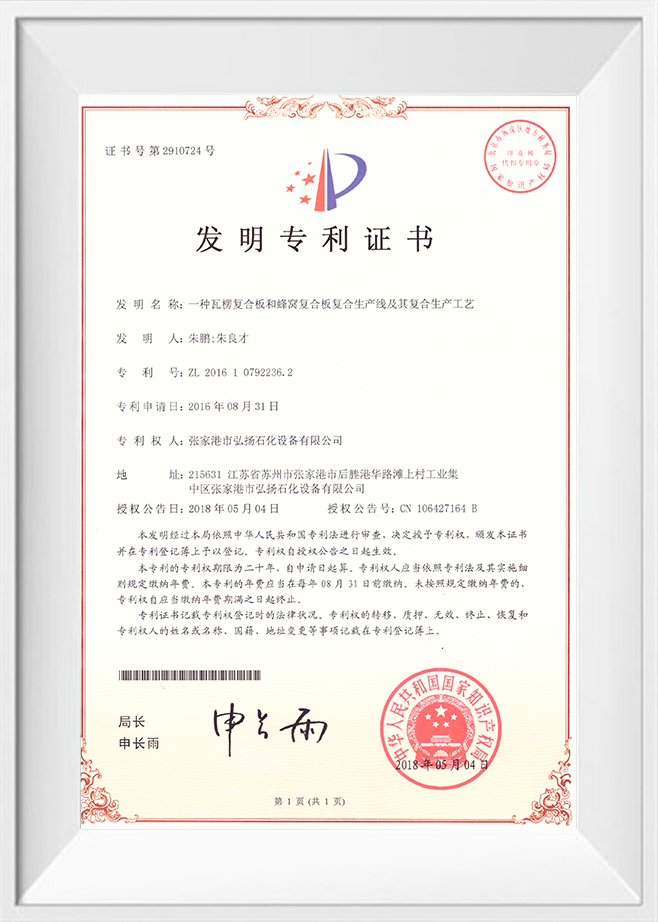
With the continuous upgrading of the building materials industry and the growing market demand for high-quality aluminum composite panels, optimizing the Aluminum composite panel (...
View MoreWhat Core Performance Requirements Define High-Strength Lightweight Aluminum Honeycomb Cores? High-strength lightweight aluminum honeycomb cores are key structural materials in aer...
View MoreIn the field of modern building materials, 3D aluminum core composite panels are widely used due to their excellent performance such as light weight, high strength and good decorat...
View More1. What Advantages Make FR Raw Material the Preferred Choice for Electronic Components? FR (Flame Retardant) raw materials have become the core material for electronic components d...
View MoreThe output capacity of aluminum corrugated composite panel production lines varies significantly based on equipment automation level, product specifications, and operational effici...
View MoreFR Raw Material: The "Fire-Safe Core" Behind High-Quality Metal Composite Panels
I、What Exactly Is FR Raw Material?
FR Raw Material refers to a series of functional materials with flame-retardant or noncombustible properties, specially used in the production of fireproof metal composite panels. Unlike ordinary raw materials, its core value lies in:
Inhibiting combustion: It does not burn or supports combustion under high temperatures, or can quickly self-extinguish after leaving the fire source;
Blocking heat transmission: Reducing the rate of heat transfer through the material, preventing the backside of the panel from reaching the ignition temperature of combustibles;
Reducing toxic emissions: Avoiding the release of toxic and harmful gases (such as carbon monoxide, hydrogen cyanide) during high-temperature conditions, which is crucial for ensuring personnel escape time in fire accidents.
In the production system of Hongyang Machinery’s fireproof composite panel production lines, FR Raw Material is not an independent component—it needs to be matched with the line’s precision compounding technology and intelligent temperature control system to maximize its fire safety effect.
II、Three Core Types of FR Raw Material: Characteristics & Application Scenarios
According to the functional positioning in fireproof composite panels, FR Raw Material can be divided into three categories, each undertaking different fire protection roles and adapting to diverse application scenarios.
1. Noncombustible Core Material: The "Backbone" of A2-Grade Fire Resistance
As the core layer of fireproof composite panels, noncombustible core material directly determines whether the panel can reach A2-grade noncombustible standards. The two most commonly used types in Hongyang Machinery’s supporting solutions are:
Modified Mineral Wool Core: Made by melting natural basalt and other minerals at high temperatures (over 1500℃) and drawing them into fibers, then adding inorganic binders for pressing. It has the advantages of high temperature resistance (long-term use at 600-800℃), low thermal conductivity (≤0.04W/(m·K)), and light weight (density 80-120kg/m³). It is especially suitable for high-rise building exterior walls and subway station partitions—scenarios that require both fire resistance and thermal insulation.
Inorganic Cement Fiber Core: Composed of cement, cellulose fiber, and inorganic additives, it is pressed and cured at high temperature. Its biggest advantage is high mechanical strength (bending strength ≥8MPa), which can withstand certain external impacts without deformation. It is often used in industrial workshop fire partitions and fire-resistant door panels—scenarios that have high requirements for the structural stability of panels.
Both core materials have passed the national GB 8624-2012 A2-grade noncombustible test, and their compatibility with Hongyang Machinery’s fireproof composite panel production lines has been verified through thousands of batches of production—ensuring no delamination or cracking during the high-temperature compounding process.
2. Fire-Resistant Adhesive: The "Bonding Bridge" That Won’t Burn
In fireproof composite panels, the adhesive not only needs to bond the metal surface layer and noncombustible core material firmly but also must not burn or release toxic gases at high temperatures. The fire-resistant adhesives used in Hongyang Machinery’s supporting solutions are mainly inorganic silicate-based adhesives, which have three key characteristics:
Noncombustible performance: They are inorganic materials themselves, with no combustion phenomenon even at 1000℃, and do not release toxic smoke;
Strong bonding force: The bonding strength between the adhesive and aluminum/steel surface layers is ≥1.2MPa, which is 30% higher than that of ordinary organic adhesives, avoiding core exposure caused by adhesive failure in fire;
Weather resistance: It is not affected by humidity and temperature changes, and the bonding performance remains stable even in coastal high-humidity environments or cold northern regions.
This type of adhesive is specially matched with the high-temperature compounding process of Hongyang Machinery’s production lines—under the temperature control of 180-220℃, it can be fully cured in 3-5 minutes, ensuring efficient production while maintaining fire resistance.
3. Fire-Resistant Coating: The "Surface Armor" of Composite Panels
For the metal surface layer of fireproof composite panels, a layer of fire-resistant coating is often added to further enhance the overall fire safety performance. The fire-resistant coatings recommended by Hongyang Machinery are mainly intumescent fire-resistant coatings, which work in a "three-layer protection" way when encountering fire:
Insulation layer formation: The coating expands rapidly at high temperatures to form a porous carbon foam layer (expansion ratio 20-50 times), which blocks the direct contact between flame and metal surface;
Heat absorption and cooling: The coating contains hydrated aluminum oxide and other components, which absorb heat and decompose when heated, reducing the temperature of the metal surface;
Toxic gas inhibition: The added inorganic flame retardants can inhibit the generation of toxic gases during the combustion of organic impurities on the metal surface.
This coating is especially suitable for decorative fireproof composite panels in public places (such as shopping mall facades and hotel lobbies)—while maintaining the aesthetic appearance of the metal surface, it adds an extra layer of fire protection.
III、Why Does Hongyang Machinery Attach Importance to FR Raw Material Matching?
As a professional manufacturer of fireproof composite panel production lines (and a drafter of national fireproof panel standards), Hongyang Machinery’s focus on FR Raw Material matching stems from practical production needs and customer trust—after all, the performance of FR Raw Material directly affects whether the final panels meet fire safety requirements, and thus the reputation of both Hongyang and its customers.
First, complying with national standards is the bottom line. Since Hongyang participated in drafting 《Non-Combustible Metal Composite Panels for Architectural Decoration》, it is well aware of the strict requirements for FR Raw Material in the standard (such as noncombustibility, toxic gas emission limits). If the raw material does not meet the standard, even the most advanced production line cannot produce qualified panels. Therefore, Hongyang will provide customers with a list of FR Raw Material parameters that meet the standard, helping them avoid risks caused by wrong material selection.
Second, ensuring production stability and product consistency. Hongyang’s fireproof composite panel production lines are equipped with precision transmission control and intelligent process systems—these technologies are designed based on the physical and chemical properties of common FR Raw Materials. For example, the temperature of the compounding oven is set according to the curing characteristics of fire-resistant adhesives, and the pressing pressure is adjusted based on the density of noncombustible core materials. If customers use mismatched FR Raw Materials (such as adhesives with too high curing temperature), it may cause problems like incomplete curing or core material damage, affecting production efficiency and product qualification rate.
Third, solving customer practical pain points. Many customers once faced the problem of "raw material performance not matching production needs"—for example, some core materials have good fire resistance but poor compatibility with adhesives, leading to delamination of finished panels. Hongyang will share practical experience accumulated from serving 14 of the world’s top 20 metal composite material manufacturers, recommending FR Raw Material combinations that have been verified in actual production, and even providing sample tests (matching raw materials with the production line) to help customers confirm the effect in advance.